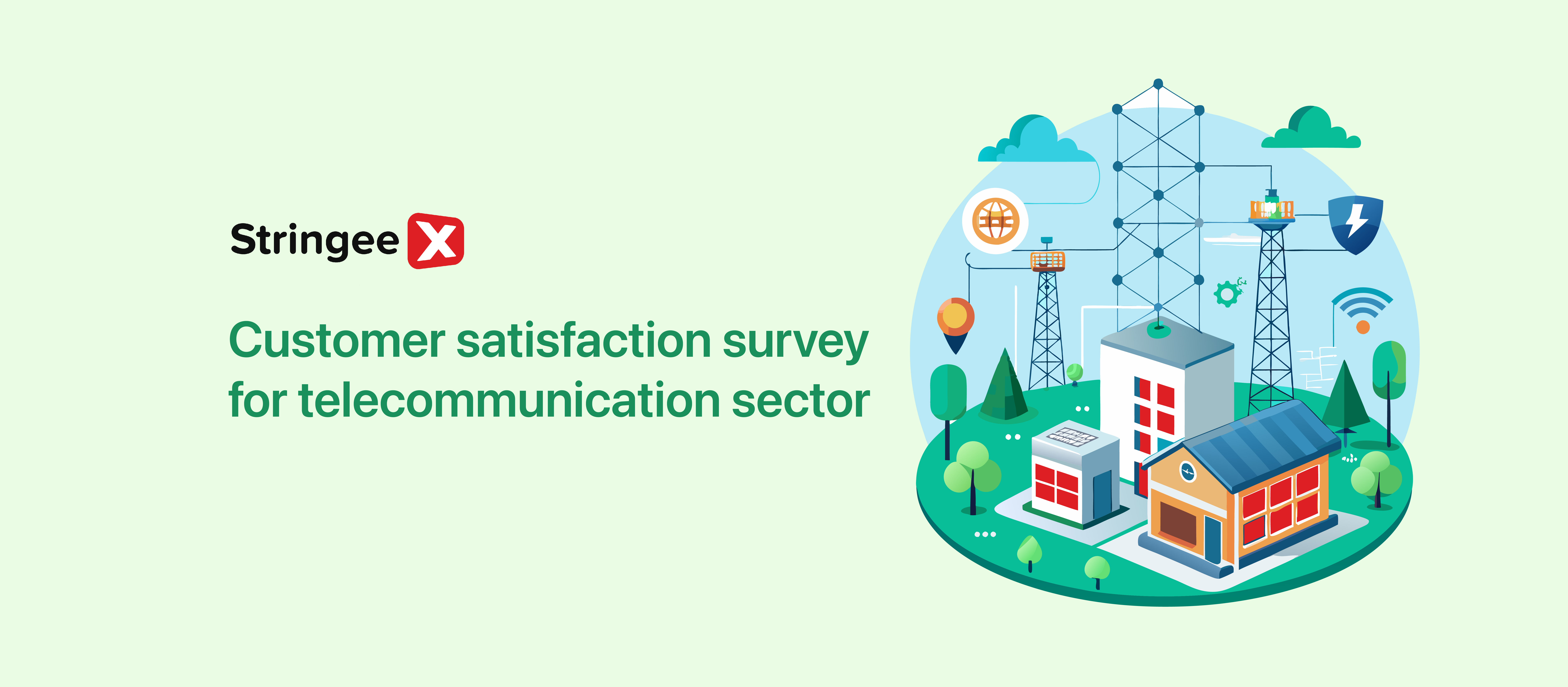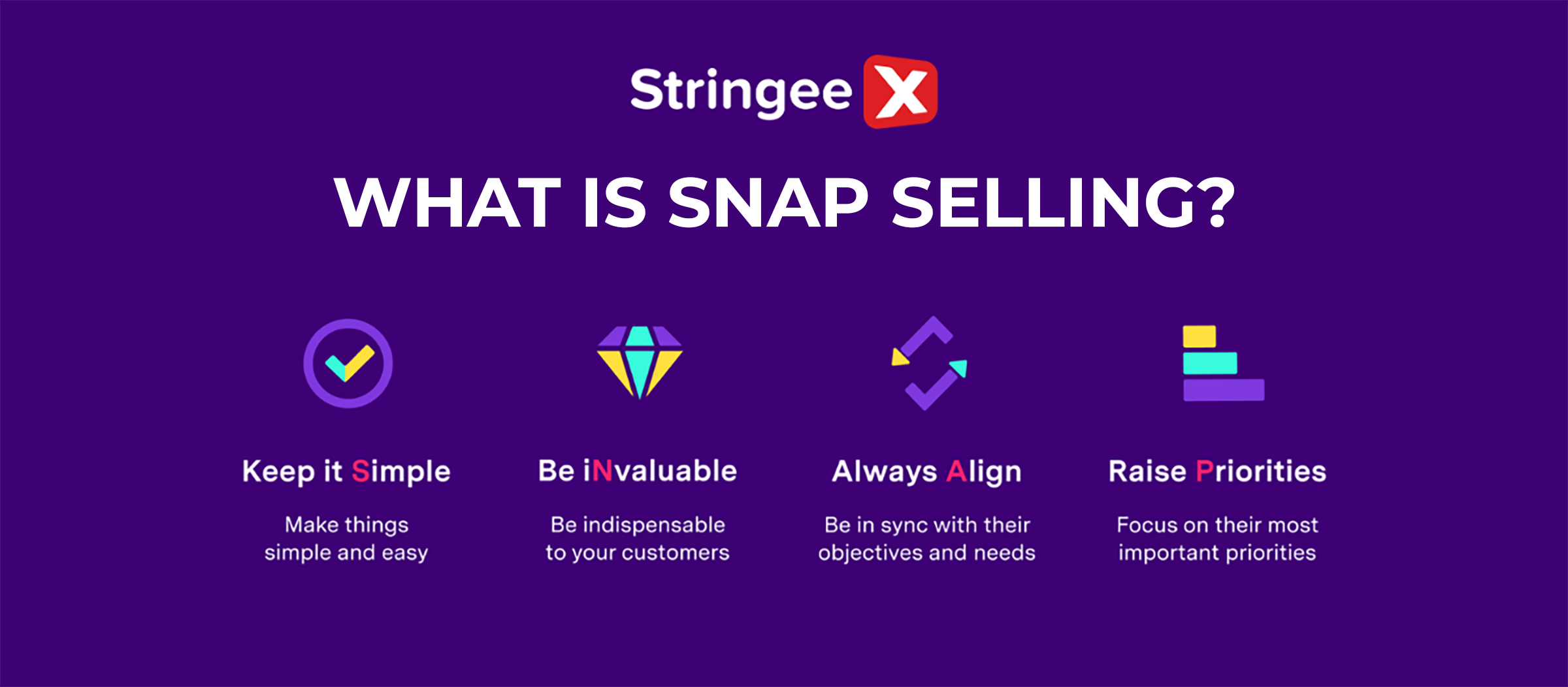Introduction
A customer satisfaction survey for the telecommunication sector lets companies know how well their services can actually meet customers' needs. It is one of the major tools for receiving constructive feedback.
It would help improve services, gain customer loyalty, and attract new subscribers. How do you design an effective customer satisfaction survey for the telecommunication sector? Dive in for more details.
Types Of Questions For Telecom Customer Satisfaction Surveys
Likert Scale Questions
The Likert scale questions measure the intensity of customers' opinions. It will help telecom providers understand not just whether the customer is satisfied but also how strongly they feel about the service.
The response options range from "very dissatisfied" to "very satisfied.".
The questions using the Likert scale may be:
- "How would you rate the coverage of our network?"
- "How likely are you to recommend our telecom service to others?"
Thus, this can help telecom firms to enhance their contribution and move towards higher value for the customer.
Likert scale questions for telecommunication survey - Source: Flickr
Yes/No Questions
Yes-No questions give two clear options, making it easy to categorise responses and identify trends in customer feedback.
Direct questions may include:
- "Would you recommend our service to others?"
- "Was your network issue resolved promptly?"
The straightforward answers from customers help to measure overall satisfaction levels in a very hands-on way.
Yes-No questions can identify areas for improvement, such as service reliability and efficiency of customer support. As the responses are clear, they help firms more appropriately act on feedback and improve their services for customers.
Rating Questions
Rating scale questions mostly range from low to high. This idea always helps telecom providers improve the quality of their service through feedback from customers.
For example, a business could ask any of the following :
- How would you rate your call quality? Or
- How satisfied are you with our network coverage?
Smileys, stars, or numeric ratings are considered responses from customers as quick, visual feedback about satisfaction.
CX Metric Questions
CX metric questions focus on key performance indicators such as NPS (Net Promoter Score), CSAT, and CES.
NPS describes customer loyalty in response to questions like: "How likely are you to recommend our telecom service to a friend or colleague?" It is a very important measure of long-term customer commitment.
CSAT surveys reflect immediate satisfaction and generally include questions like: "How would you rate the quality of our network?"
CES looks at how easy these interactions were. For example, "How easy was it for you to resolve your problem with customer support?"
Open-Ended Questions
By using open-ended queries, telecom providers can dig into specific reasons such as:
Why do customers behave like that
Which services/ products customers prefer
For instance, the question: "What motivated you to choose our service?" shows the needs of a customer. Meanwhile, "What do you think sets us apart from the competition?" estimates certain advantages of the enterprise. The question "Is there anything in particular that you like best?" may hint at what customers appreciate most.
How To Create A Customer Satisfaction Survey For The Telecommunication Sector?
Set Your Goals
Before drafting the questions, determine what you want to get out of the survey. Are you aiming to measure overall satisfaction, assess customer loyalty, or identify specific service issues?
Next, identify your target group. Knowing who your customers are will allow you to shape the questions in such a way that you will be able to get relevant feedback. Consider what you want to get and how you may make use of the results to improve your services.
Having clear goals in mind will then help keep you on track and allow you to ask only relevant questions for actionable insights that may drive improvements.
Set your goals for the surveys - Source: Tennessee DECA
Choose Promoted Channels
There are various methods to survey the telecommunication sector:
Telephone Surveys
These allow personal and elaborative conversations with customers about their experiences. On the other hand, this can be very expensive and may be time-consuming.
E-mail Surveys
This is one of the best options currently available to survey thousands of customers at a reasonable cost. However, it may receive a low response rate either due to spam filters or customer disinterest.
Web surveys
Web surveys are highly convenient and can also be made interactive, enhancing user experience. However, these can be prone to technical glitches.
Effective management of consumer interactions is vital in ensuring that staff can respond to queries with efficiency. StringeeX offers an omnichannel contact centre to empower your team and manage all communication channels with ease.
SMS Surveys
Text surveys allow quick responses and are quickly accessible with the use of mobile devices. However, they have their limitations in character counts and can be chargeable to the customer, which may subtract from the willingness of respondents to respond.
Social Media Surveys
Questions on social media can keep customers entertained and even go viral.
Choose The Right Questions
Your questions should be clear, concise, and directly related to what you're trying to find from your survey. You need to avoid confusing questions as they may lead to inaccurate responses.
Using open-ended and closed-ended questions is a good option. With open-ended questions, the customers can describe in detail the experience they have had. Meanwhile, closed-ended questions provide you with data that can be easily measured.
You can also include Likert or NPS questions to assess satisfaction and customer loyalty.
Test Your Survey
Testing your customer satisfaction survey in the telecommunication sector is very important. This may be running it with a small group of customers or even colleagues to check for any errors or glitches.
Testing will ensure that the flow of the survey is perfect and the questions are clear. The testing could also include questions about the time that respondents take to answer and how they build up their responses.
By finding these problems early, you will be able to make changes to enhance the general quality and reliability of your survey before it gets out to the public.
Get feedback and analyse them - Source: Pxhere
Collect And Analyse Your Survey
Once you've collected responses from your customer satisfaction survey, the next step is to analyse the data to uncover useful insights.
You can use descriptive statistics for trends and text analysis for open-ended responses to identify patterns in customer feedback.
Chart and graph visualisations will allow a clear presentation of your findings. It'll understand the customers' attitudes toward the services provided.
It will also provide insight into this analysis for areas of customer preference and innovation opportunities that will help you take steps for a better customer experience.
Make Improvement
The last step is to identify the major problems, for instance, with service quality or billing issues. Prepare specific ways of solving these issues and report findings and your intended changes back to customers.
Once changes are in place, ask for more feedback to determine how effective they are and provide some incentive for taking the time to participate.
Telecommunication providers can also promote loyalty programs to add value and foster continued participation.
Lastly, routine customer satisfaction measures will determine the effectiveness of the efforts and point out which areas need change. These will work to boost the trust and loyalty of the customers over time.
Conclusion
A well-designed customer satisfaction survey for the telecommunication sector will help understand customer perceptions towards your services. You will achieve this through clearly defining your objectives, choosing the most appropriate method, and preparing effective questions.
Proper analysis of the results will present actionable insights, which will enable you to enhance services and increase customer loyalty while finding areas for growth. Contact StringeeX if you need more help!










